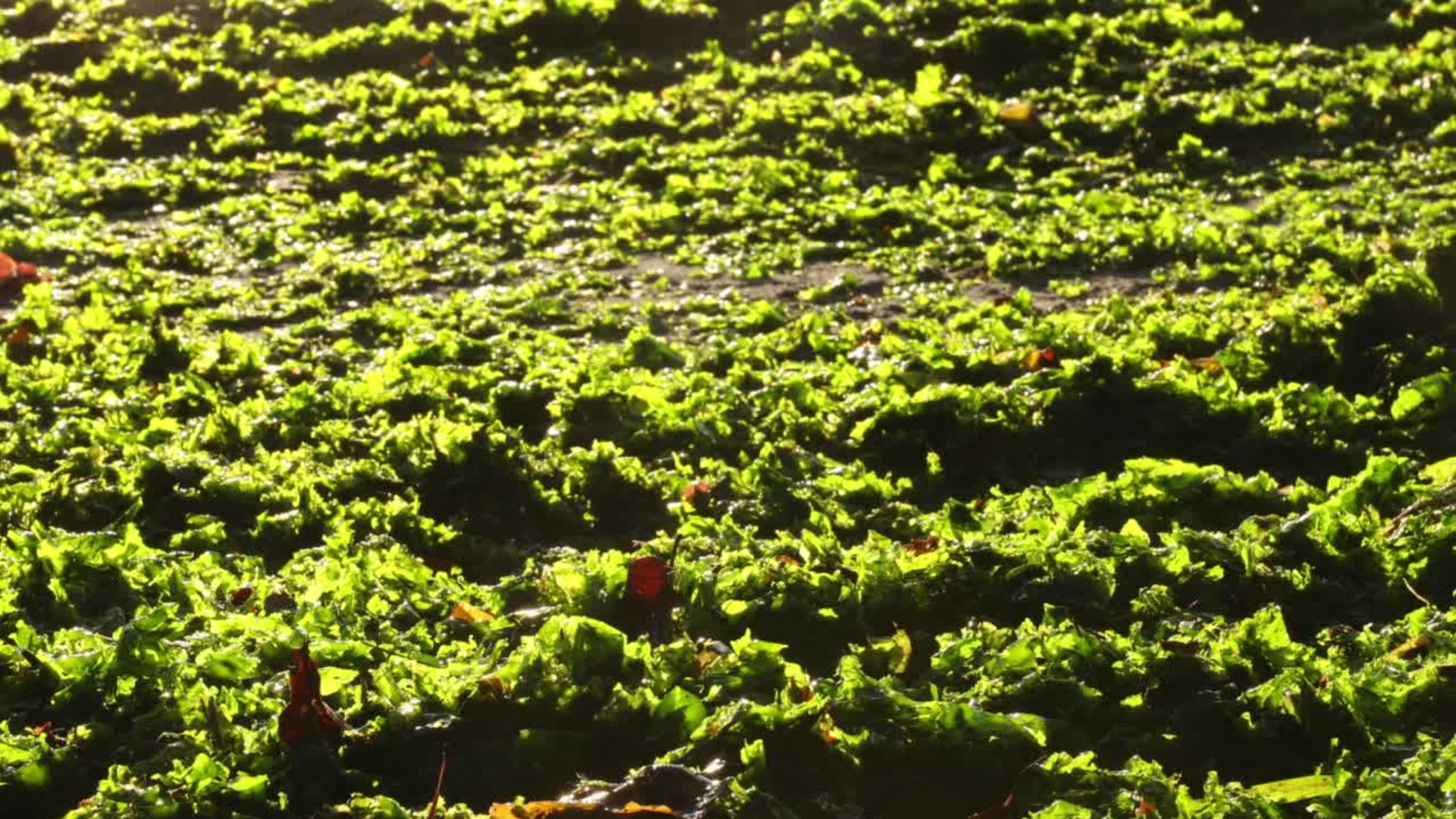
There is a long history of Indigenous people harvesting seaweed. The rich marine biodiversity along the Atlantic and Pacific shores provide an abundant supply of various seaweed species, which are harvested for food, fertilizer, and traditional medicine.
Early Beginnings
There is a long history of Indigenous people harvesting seaweed. The rich marine biodiversity along the Atlantic and Pacific shores provided an abundant supply of various seaweed species, which were harvested for food, fertilizer, and traditional medicine. Indigenous peoples have developed sustainable harvesting methods, ensuring seaweed remains plentiful for future generations.
Commercial Use of Seaweed
Globally, seaweed generates $17.5 Billion annually. It is being farmed for food, for fertilizer, for value-added products, and utilized for its carbon trapping properties. This project supports pathways for Indigenous people to pursue employment, business, and economic development to achieve a competitive commercial position.
The knowledge and practices of Indigenous communities continue to guide the sustainable use of seaweed, supporting diverse applications across different sectors. As current R&D technologies for seaweed are being refined and new discoveries made, the industry’s product shelf and competition is growing. The industry includes food products for humans, animal feed, pharmaceuticals, cosmetics, bio-based chemicals for various industries, fertilizers, biofuel, and high-quality building insulation, among many others.
Sustainability
Unlike traditional crops, it doesn't require arable land or freshwater to grow, making it a highly sustainable resource. It grows rapidly, sequesters carbon, and is incredibly strong and flexible. Seaweed also sequesters carbon and provides habitat for marine life, contributing to the health of the ocean ecosystem and the balance of Earth’s carbon cycle.
The Indigenous Seaweed Industry Today
Indigenous communities are at the forefront of revitalizing and expanding the seaweed industry. Organizations like Coastal First Nations have partnered with researchers and businesses to explore the potential of seaweed as a sustainable resource. These collaborations have led to innovative projects aimed at restoring kelp forests and promoting biodiversity along the coast.
The economic potential of seaweed has also been recognized. Indigenous entrepreneurs are leading the way in developing seaweed-based products, from food items to cosmetics. For instance, the Nuu-chah-nulth Seafood Development Corporation has ventured into commercial seaweed cultivation, creating job opportunities and promoting economic development within their communities.
There are abundant supplies of seaweed species on all three coasts. Seaweed offers many opportunities for Indigenous investment to meet growing demand in the conventional market for sea plant extractions, functional foods, and other end uses while balancing the goals of sustainable, climate-smart agriculture.
Building Capacity for the Growth
Indigenous Works, together with Luminary, is spearheading efforts to create an Indigenous Seaweed Community Platform and Hub. This innovative platform aims to develop awareness, disseminate research, and foster Indigenous commercial interests in the seaweed sector. It seeks to unite Indigenous and non-Indigenous businesses, deliver essential training, and build a robust workforce for the emerging seaweed industry.




